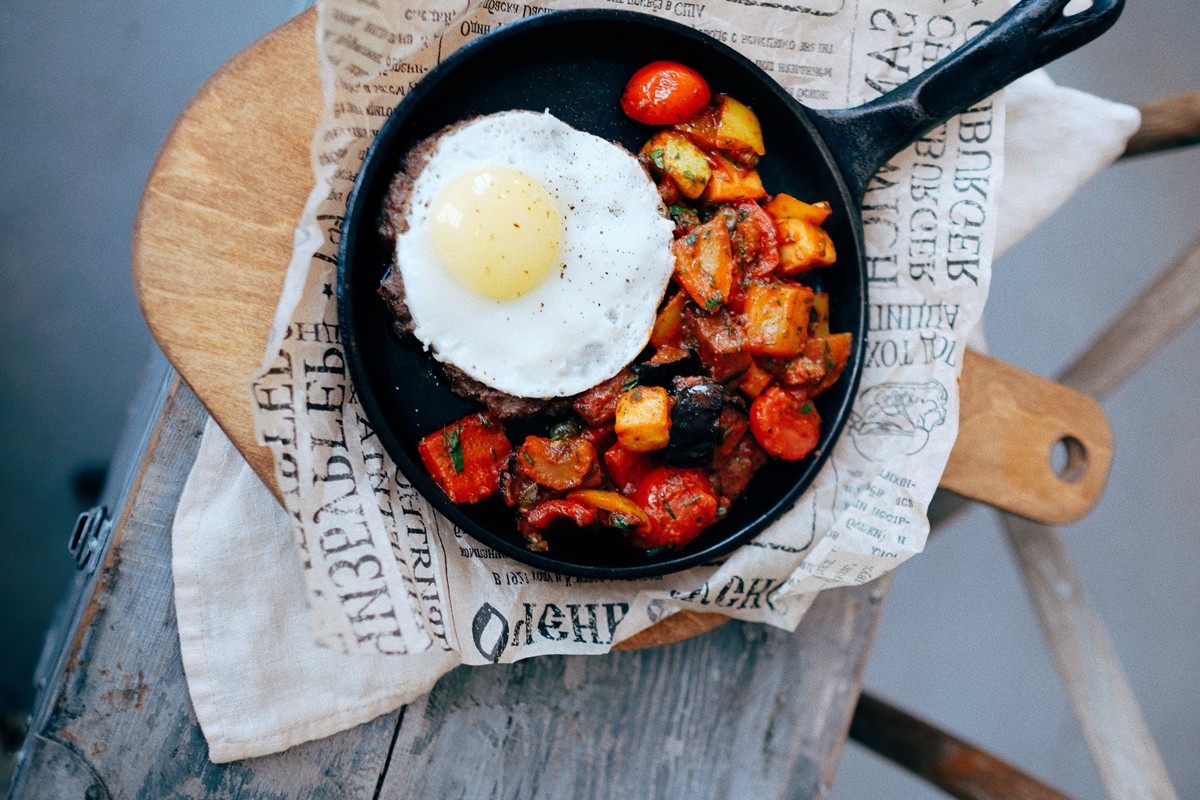Cast iron cookware has been a staple in kitchens for centuries, and it’s easy to see why. These heavy-duty pans can handle high heat, provide even cooking, and produce a depth of flavor that other materials just can’t match. Whether you’re a seasoned pro or just starting out in the kitchen, mastering cast iron cooking techniques is a must. Here are five tips to help you get the most out of your cast iron skillet.
Season Your Skillet
One of the most important things you can do for your cast iron skillet is to season it properly. This involves applying a thin layer of oil to the surface of the pan and then baking it at a high temperature. Seasoning helps create a non-stick surface that will prevent food from sticking to the pan and make cleaning up a breeze. To season your skillet, start by washing it with hot water and mild soap. Dry it thoroughly and then apply a thin layer of vegetable oil or melted shortening to the surface of the pan. Use a paper towel to spread the oil evenly over the entire surface of the pan, making sure to get into all the nooks and crannies. Place the skillet upside down on the middle rack of your preheated oven and bake it for an hour at 400 degrees Fahrenheit. Let the pan cool completely before using it.
Keep It Clean
Caring for your cast iron skillet requires some extra attention, but it’s well worth it to keep it in pristine condition. The best way to clean your cast iron is with hot water and a stiff brush or scraper. Avoid using soap, as this can remove the seasoning from the pan. If there are any stubborn spots or food residue, make a paste using salt and warm water, and then use a soft sponge to scrub the area gently. Rinse the pan thoroughly and then dry it with a cloth or paper towel. Never put your skillet in the dishwasher or let it soak in water for an extended period.
Master Temperature Control
Cast iron skillets are excellent at retaining heat, but they also take longer to heat up and cool down compared to other cookware materials. To get the most out of your skillet, it’s essential to understand the perfect temperature range for different types of cooking. For example, high heat is ideal for searing meats, while medium heat is best for sautéing vegetables. When you’re cooking with cast iron, start with a low heat setting and gradually increase the temperature as needed. Make sure to use oven mitts or an oven-safe handle when handling the pan, as the handle can get very hot.
Embrace the Versatility
One of the great advantages of cast iron cooking is its versatility. You can use a cast iron skillet to fry, grill, bake, and roast all sorts of foods. You can even use it to make desserts like apple crisps or cornbread. Try experimenting with different recipes and techniques to discover all the ways you can use your skillet.
Flavor Matters
Finally, don’t underestimate the flavor that cast iron cooking can add to your food. Because cast iron pans are porous, they absorb a small amount of oil, which can infuse your food with a rich, deep flavor. Additionally, the seasoning on your skillet can help build up a depth of flavor over time. So, don’t be afraid to use your cast iron skillet to add delicious flavor to your meals.
There you have it, five tips to help you master the art of cast iron cooking. Remember to season and clean your skillet properly, control the temperature for optimal cooking, embrace the versatility, and let the flavor shine. With these techniques, you’ll be well on your way to creating delicious meals with your cast iron skillet. Enjoy!
The Author:
Pioneerthinking.com – Ingredients for a Simple Life.
Photo. Nadezhda Moryak
